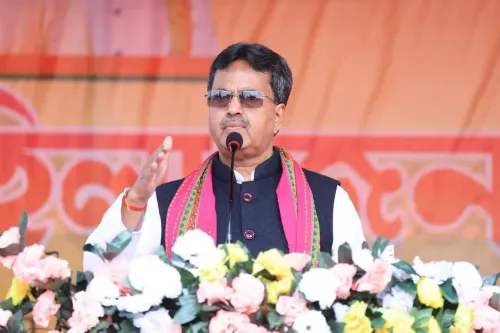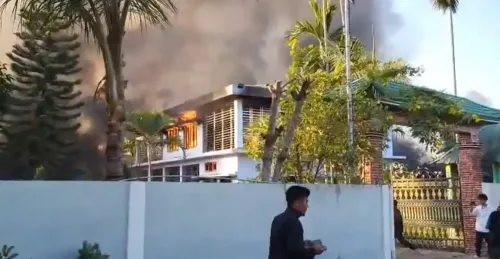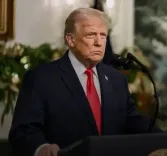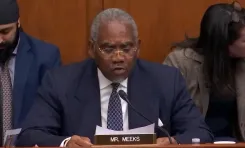Is the Centre Ready to Launch the Third Round of the PLI Scheme for Specialty Steel?
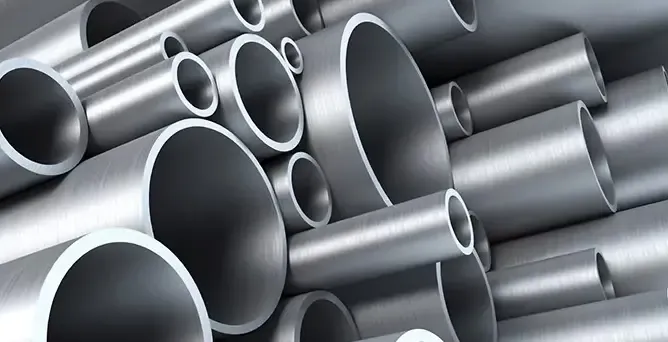
Synopsis
Key Takeaways
- Third round of PLI scheme launched on November 4
- Aims to transform India into a global hub for specialty steel
- Attracts investment of Rs 43,874 crore
- Incentive rates between 4% to 15%
- Focus on enhancing domestic production and reducing imports
New Delhi, Nov 4 (NationPress) The Indian government is preparing to unveil the third phase of the Production-Linked Incentive (PLI) scheme for Specialty Steel on Tuesday, a significant move aligned with the Atmanirbhar Bharat initiative.
This launch of PLI 1.2 will be led by Union Minister H.D. Kumaraswamy, alongside senior officials and key stakeholders from the industry, as per the Ministry of Steel.
The PLI Scheme for Specialty Steel, which received Union Cabinet approval in July 2021 with a total budget of Rs 6,322 crore, aims to establish India as a global leader in producing high-value and advanced steel grades.
So far, the scheme has generated a committed investment of Rs 43,874 crore, with Rs 22,973 crore already invested, resulting in the creation of over 13,000 jobs through its initial two rounds.
The initiative encompasses 22 product sub-categories, including super alloys, CRGO, alloy forgings, stainless steel (both long and flat), titanium alloys, and coated steels.
Incentive rates are set between 4 percent and 15 percent, applicable for five years starting from FY 2025–26, with disbursements commencing in FY 2026–27.
The base year for pricing has been revised to FY 2024–25 to align with current market trends.
The PLI scheme promotes increased production and investment in designated product categories, which enhances value addition domestically and mitigates import reliance in vital sectors such as defence, power, aerospace, and infrastructure.
Furthermore, India aspires to reach a crude steel production capacity of 300 million tonnes by 2030. Interestingly, the domestic demand for steel is experiencing a remarkable growth rate of 11-13 percent, driven by extensive infrastructure projects, while global demand is witnessing a slowdown, according to the Steel Ministry.
In September, steel production increased by an impressive 14.1 percent compared to the same month last year, largely due to heightened demand from major infrastructure initiatives undertaken by the government.


